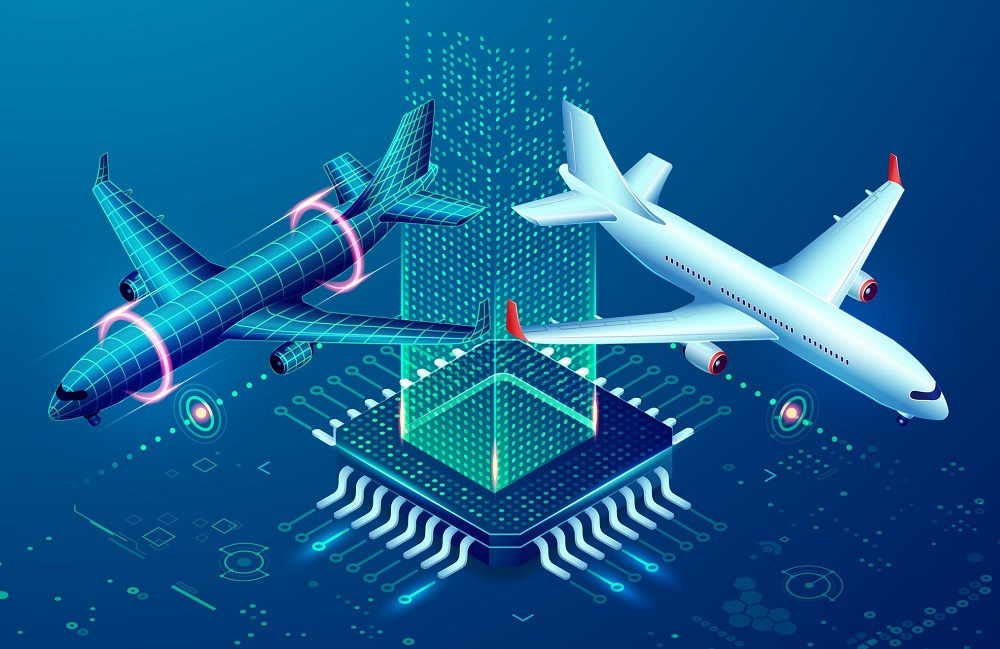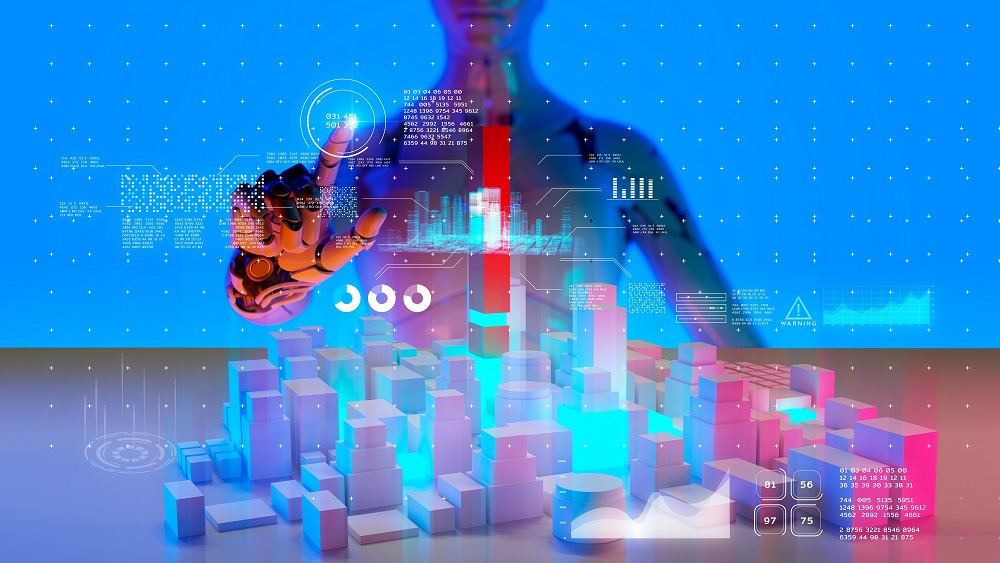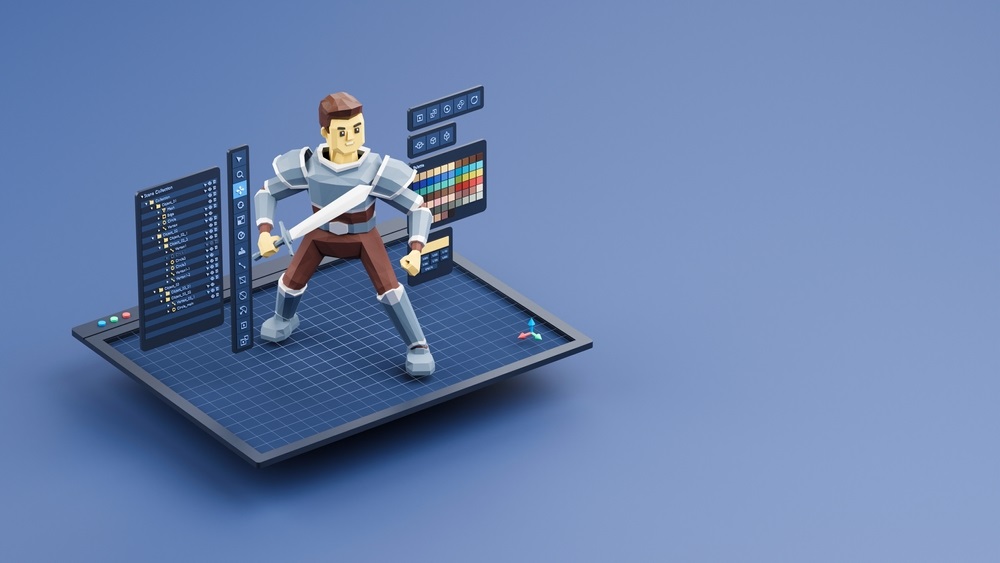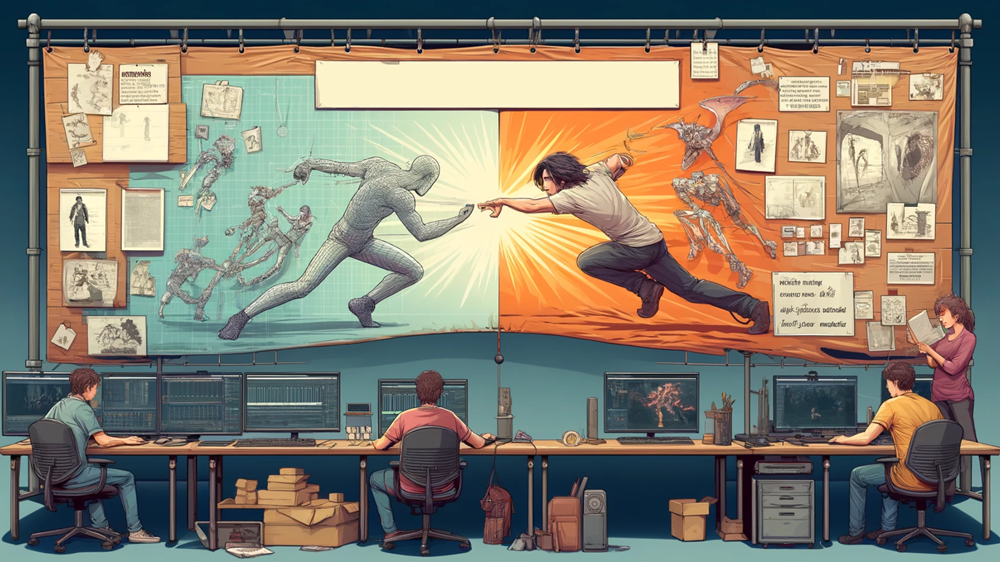Building Information Modeling - Integrating BIM with Digital Twins for Construction Projects
Welcome to the eventual fate of construction! In this blog entry, we will investigate how Building Information Modeling (BIM) and Digital Twins are revolutionizing the manner in which construction projects are arranged, planned, and executed.
The integration of BIM with Digital Twins is a unique advantage for the industry as it permits us to picture and reenact certifiable situations in a virtual climate before breaking ground.
Join us on this exciting excursion as we dive further into what these advances offer and their possible effect on the fate of construction. How about we begin?
Introduction to Building Information Modeling (BIM)
Building Information Modeling (BIM) is an interaction that utilizes digital 3D models to help dynamic all through the construction lifecycle. BIM can be utilized to proficiently make better buildings, quicker and that's only the tip of the iceberg.
BIM has been around for more than 10 years at this point, yet its true capacity is just barely beginning to be acknowledged in the construction industry. One of the most exciting uses of BIM is in the space of digital twins.
Digital twins are digital portrayals of actual resources, frameworks, or cycles. They can be utilized to screen and deal with these resources, providing important insights that can assist with improving performance and diminishing costs.
Construction projects are mind-boggling undertakings with many moving parts. By integrating BIM with digital twins, it's feasible to get a continuous perspective on how a task is progressing and distinguish likely issues before they create setbacks or cost overwhelms.
This article will give you an introduction to BIM and digital twins, and explain how they can be utilized together to further develop construction projects for the executives.
What is a Digital Twin?
A digital twin is a virtual model of an actual resource that can be utilized for different purposes like monitoring and managing the resource. The digital twin idea isn't new, yet it has been gaining a foothold as of late because of advances in innovation.
The expression "digital twin" was first coined by Dr. Michael Laments of the College of Michigan in 2002. He defined it as "a theoretical portrayal of an actual article or framework across its life-cycle using digital information."

A digital twin can be made for an actual resource, like a digital twin in manufacturing including buildings, extensions, and construction projects. The digital twin contains information about the resource's calculation, materials, and performance. It can likewise include information from sensors that are associated with the actual resource.
The digital twin is continually refreshed as new information is gathered about the resource. This makes it conceivable to screen the resource progressively and anticipate how it will act in the future. Digital twin solutions have different use cases, for example,
- Monitoring the performance of an asset
- Managing the lifecycle of an asset
- Planning maintenance and repairs
- Optimizing the design of an asset
- Improving safety
Benefits of Integrating BIM and Digital Twins
The integration of Building Information Modeling (BIM) and Digital Twins can bring many advantages to construction projects. For instance, it can serve to:
- Improve project coordination and communication
- Reduce the risk of errors and omissions
- Increase the accuracy of cost estimates
- Facilitate better decision making
- Improve project management and control
- Enhance the quality of the built environment

Best Practices for Integrating BIM and Digital Twins
With regard to construction projects, Building Information Modeling (BIM) is a fundamental apparatus for managing information and creating digital twins. Be that as it may, integrating BIM with digital twins can challenge. In this article, we will share a few prescribed procedures for integrating BIM and digital twins.
To start with, characterizing the extent of the digital twin is significant. This will assist with ensuring that the main applicable information is included in the digital twin.
Second, try to utilize predictable naming shows and tagging plans while creating the digital twin. This will assist with avoiding disarray and make it simpler to look for information.
Third, make an unmistakable mapping between the BIM model and the digital twin. This will assist with ensuring that information is appropriately moved between the two platforms.
Fourth, lay out an interaction for consistently updating the digital twin. This will guarantee that the digital twin remains exact and cutting-edge.
Finally, make a point to test the integration among BIM and digital twins before using it on a live task. This will assist with identifying any expected issues and permit you to investigate them before they cause issues on the construction site.
Case Studies
Digital twins are becoming an increasingly famous apparatus for construction organizations to use in requests to deal with their projects. Building information modeling (BIM) is a cycle that can be utilized related to digital twins to make a significantly more powerful approach to working.
Building information modeling is a cycle that takes into consideration the making of three-layered (3D) models of buildings. This information can then be utilized to create 2D drawings and documentation. BIM can be utilized for new construction projects, as well as redesigns and retrofits.
Related post: Why 3D Modeling Software is Crucial for Automotive Design
Digital twins are virtual portrayals of actual items or frameworks. They are made by using information from sensors and different sources to make a model that can be utilized for recreation and investigation. Construction organizations are beginning to involve digital twins in requests to all the more likely comprehend their projects and settle on conclusions about how to continue.
Integrating BIM with digital twins can help construction organizations set aside time and cash. By using BIM, organizations can try not to need to make separate models for each phase of the construction interaction. This recovers time and diminishes how much information should be made due.
Moreover, it takes into consideration changes to the plan to be made rapidly and effectively, without having to re-try the whole model without any preparation.
All in all, Building Information Modeling (BIM) and digital twin artificial intelligence have become fundamental apparatuses for the construction industry. The integration of BIM with digital twins offers a complete answer for a significant number of the difficulties looked at by cutting-edge developers.
By leveraging these two emerging advances, associations can be guaranteed that their projects are finished precisely and on time. With the assistance of BIM and digital twins, project partners can guarantee that all parts of construction planning and execution run as expected from beginning to end.






